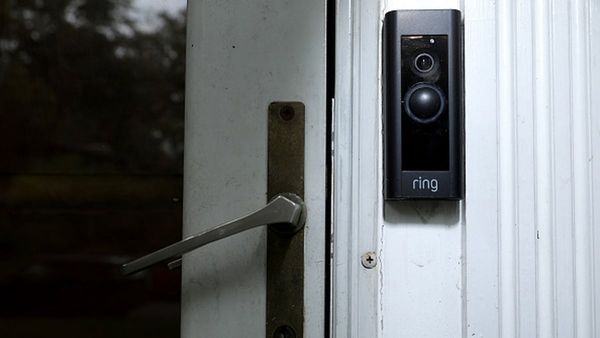
Prince Andrew told Jeffrey Epstein in an email “we are in this together” after a picture of the British royal with his arm around a teenage Virginia Giuffre was first published in 2011.
The email will pile further pressure on the Duke of York and the royal family because he previously told the BBC he had ceased contact with the convicted child sex offender by that point.
Correspondence between the king’s younger brother and Epstein, published in the Mail on Sunday and the Sun on Sunday, appears to show that was not the case.
Andrew emailed Epstein on 28 February 2011, the day after the well-known photograph of the duke, Giuffre and Ghislaine Maxwell was made public. He told Epstein to “keep in close touch” and expressed a wish to “play some more soon”.
In 2019, Andrew told the BBC’s Newsnight programme that he broke off his friendship with Epstein in December 2010, after the two men were photographed together strolling in New York.
But he wrote to Epstein in the message after the photo was published: “I’m just as concerned for you! Don’t worry about me! It would seem we are in this together and will have to rise above it. Otherwise keep in close touch and we’ll play some more soon!!!!”
He is said to have signed off with: “A, HRH The Duke of York, KG.”
Epstein was found dead in his cell at a federal jail in Manhattan in August 2019 while he awaited trial on sex trafficking charges. The death was ruled a suicide.
In 2008 he pleaded guilty to charges of solicitation of prostitution and of solicitation of prostitution with a minor, for which he served time in jail.
In January this year, a section of the email from the Duke of York emerged in court documents. At the time it was reported to be from a “royal family member”.
It related to a claim made by the Financial Conduct Authority, the UK banking regulator, and appeared in court documents for a legal case involving the former Barclays chief executive Jes Staley. Staley was appealing against a finding by the watchdog that he had given a misleading account of the nature of his relationship with Epstein.
In a November 2019 interview with Newsnight, Andrew told the journalist Emily Maitlis: “I ceased contact with him [Epstein] after I was aware that he was under investigation and that was later in 2006 and I wasn’t in touch with him again until 2010.”
He later said that in December 2010 “I had to show leadership and I had to go and see him and I had to tell him ‘that’s it’.”
Buckingham Palace and the Duke of York’s office have been contacted for comment.
Also this weekend, it emerged that Tony Blair met Epstein in Downing Street while he was prime minister after a recommendation by Peter Mandelson, who last month was sacked as US ambassador after new information emerged about how close he had been to the convicted child sex offender.
Blair’s meeting emerged in papers released at the National Archives and predated Epstein’s criminal conviction. Epstein visited Blair on 14 May 2002.
Mandelson was then a backbench Labour MP, having resigned from government for a second time amid controversy. He had described Epstein to Blair’s chief of staff, Jonathan Powell, now the UK national security adviser, as “safe” and a “friend” in an email before the meeting.
The best public interest journalism relies on first-hand accounts from people in the know.
If you have something to share on this subject, you can contact us confidentially using the following methods.
Secure Messaging in the Guardian app
The Guardian app has a tool to send tips about stories. Messages are end to end encrypted and concealed within the routine activity that every Guardian mobile app performs. This prevents an observer from knowing that you are communicating with us at all, let alone what is being said.
If you don't already have the Guardian app, download it (iOS/Android) and go to the menu. Select ‘Secure Messaging’.
SecureDrop, instant messengers, email, telephone and post
If you can safely use the Tor network without being observed or monitored, you can send messages and documents to the Guardian via our SecureDrop platform.
Finally, our guide at theguardian.com/tips lists several ways to contact us securely, and discusses the pros and cons of each.







